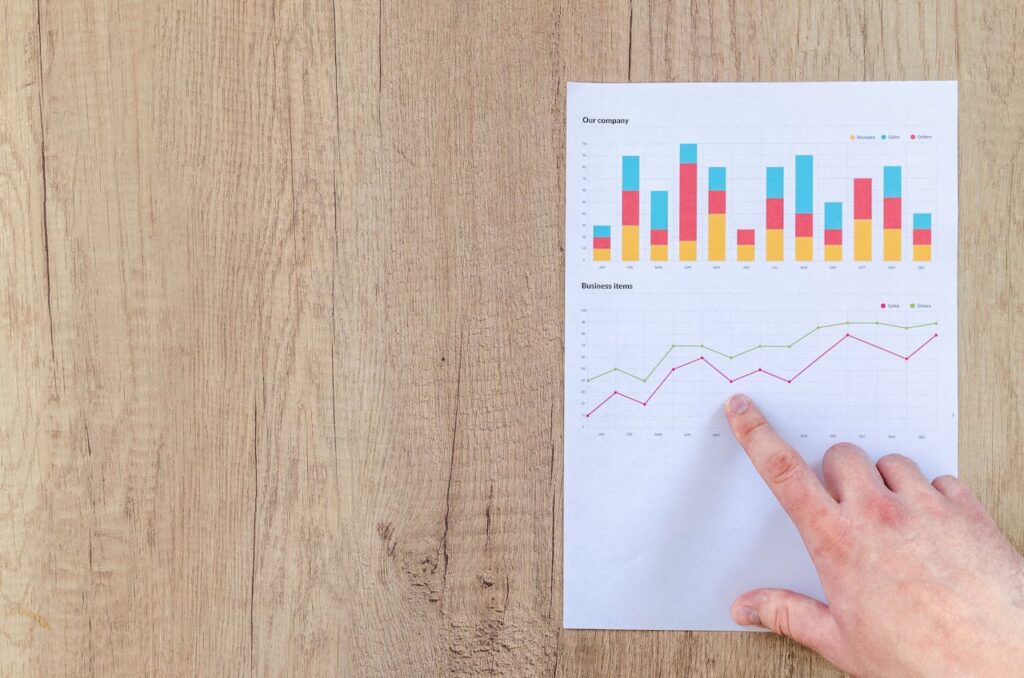
Understanding Technical Analysis for Better Trading in the Share Market | The True HR
Welcome to The True HR, where you will have a better understanding about stock market. We will give you stock market knowledge in easiest way so that you can understand market without any difficulties. Today we will discuss a very important thing on share market education which is called technical analysis with case studies.
Technical analysis is a method used by traders to evaluate securities and make trading decisions. It relies on studying past market data, primarily price and volume, rather than focusing on the inherent value of the stock. This approach helps traders predict future price movements based on historical patterns. In this blog post, we will explore the basics of technical analysis and its application in the Indian stock market and other stock market supported by relevant case studies.
Understanding Technical Analysis
Technical analysis is grounded in three key assumptions:
- Market Discounts Everything: This means that all known information is already reflected in the stock price.
- Price Moves in Trends: Prices tend to move in trends, which can be long-term, short-term, or intermediate.
- History Tends to Repeat Itself: Historical price movements are likely to recur due to market psychology.
Key Tools and Indicators
Several tools and indicators are used in technical analysis. Some of the most common ones include:
- Price Charts: Line charts, bar charts, and candlestick charts.
- Moving Averages: Simple Moving Average (SMA) and Exponential Moving Average (EMA).
- Relative Strength Index (RSI): Measures the speed and change of price movements.
- Moving Average Convergence Divergence (MACD): Shows the relationship between two moving averages.
- Bollinger Bands: Indicates volatility and overbought or oversold conditions.
Case Study 1: Using Moving Averages in the Indian Market
One practical example of technical analysis is the use of moving averages. Let’s consider Reliance Industries Limited (RIL), one of the largest companies in India.
In early 2020, RIL’s stock showed a significant uptrend. By using a 50-day Simple Moving Average (SMA) and a 200-day SMA, traders could identify a golden cross (when the 50-day SMA crosses above the 200-day SMA), which is often seen as a bullish signal. During this period, traders who bought RIL’s stock when the golden cross occurred saw substantial gains as the stock price continued to rise.
Case Study 2: RSI and TCS
Relative Strength Index (RSI) is another useful tool in technical analysis. Let’s look at Tata Consultancy Services (TCS).
In mid-2021, TCS’s stock showed signs of being overbought with an RSI above 70. Traders using this indicator might have decided to sell or avoid buying the stock at this point. As predicted, the stock faced a correction shortly after, validating the RSI’s signal. By paying attention to the RSI, traders could have avoided potential losses.
Chart Patterns
Chart patterns are another crucial aspect of technical analysis. These patterns form on the charts and signal potential market movements. Some common patterns include:
- Head and Shoulders: Indicates a trend reversal.
- Double Top and Double Bottom: Signals a potential reversal.
- Triangles: Can indicate continuation or reversal, depending on the type.
Case Study 3: Head and Shoulders in Infosys
Infosys, another major player in the Indian IT sector, provides an example of the Head and Shoulders pattern.
In late 2019, Infosys’s stock formed a Head and Shoulders pattern, a classic indicator of a trend reversal. After the pattern completed, the stock price did indeed reverse from an uptrend to a downtrend. Traders who recognized this pattern could have shorted the stock or avoided long positions, potentially saving themselves from losses.
Volume Analysis
Volume analysis is also critical in technical analysis. It involves studying the trading volume to confirm trends and identify potential reversals.
Case Study 4: Volume Analysis in HDFC Bank
HDFC Bank, one of India’s leading banks, saw significant price movements in early 2021. By analyzing the volume, traders noticed a spike in trading volume accompanying a breakout above a resistance level. This volume increase confirmed the breakout, and traders who acted on this confirmation likely benefited as the stock continued to rise. If we see now means on Dt. 07.08.2024 the share price is 1,622.85 INR at NSE.
Limitations of Technical Analysis
While technical analysis is a powerful tool, it has its limitations. It doesn’t consider the fundamental aspects of a company, such as earnings, revenue, or economic conditions. Additionally, it relies heavily on historical data, which might not always predict future movements accurately. Traders should use technical analysis with addition to other methods to make well-informed decisions.
Integrating Technical Analysis with Fundamental Analysis
For a more comprehensive trading strategy, integrating technical analysis with fundamental analysis can be beneficial. Fundamental analysis focuses on a company’s financial health and overall market conditions, providing a broader view of the stock’s potential.
Click here to know Fundamental Analysis of Stocks in Share Market
Case Study 5: Combining Analysis for ICICI Bank
In 2020, ICICI Bank showed promising financial results, indicating strong fundamentals. At the same time, technical indicators like the 50-day and 200-day SMAs suggested a bullish trend. Traders combining both analyses would have found a compelling case to invest in ICICI Bank, reaping the benefits as the stock price increased.
Conclusion
Technical analysis is a valuable tool for traders looking to make better-informed decisions in the stock market. By studying price movements, volume, and historical patterns, traders can gain insights into potential future price movements. However, it’s important to remember that no method is foolproof, as it is based on knowledge and knowledge is always a past. So, we have to be cautious on this. Combining technical analysis with fundamental analysis and staying updated with market news can provide a more robust trading strategy.
Using case studies from the Indian market, we’ve seen how various technical analysis tools and indicators can be applied to real-world scenarios. Whether it’s moving averages, RSI, chart patterns, or volume analysis, each tool has its unique benefits. By mastering these tools and understanding their limitations, traders can improve their chances of success in the share market.
Share to whom you care:

